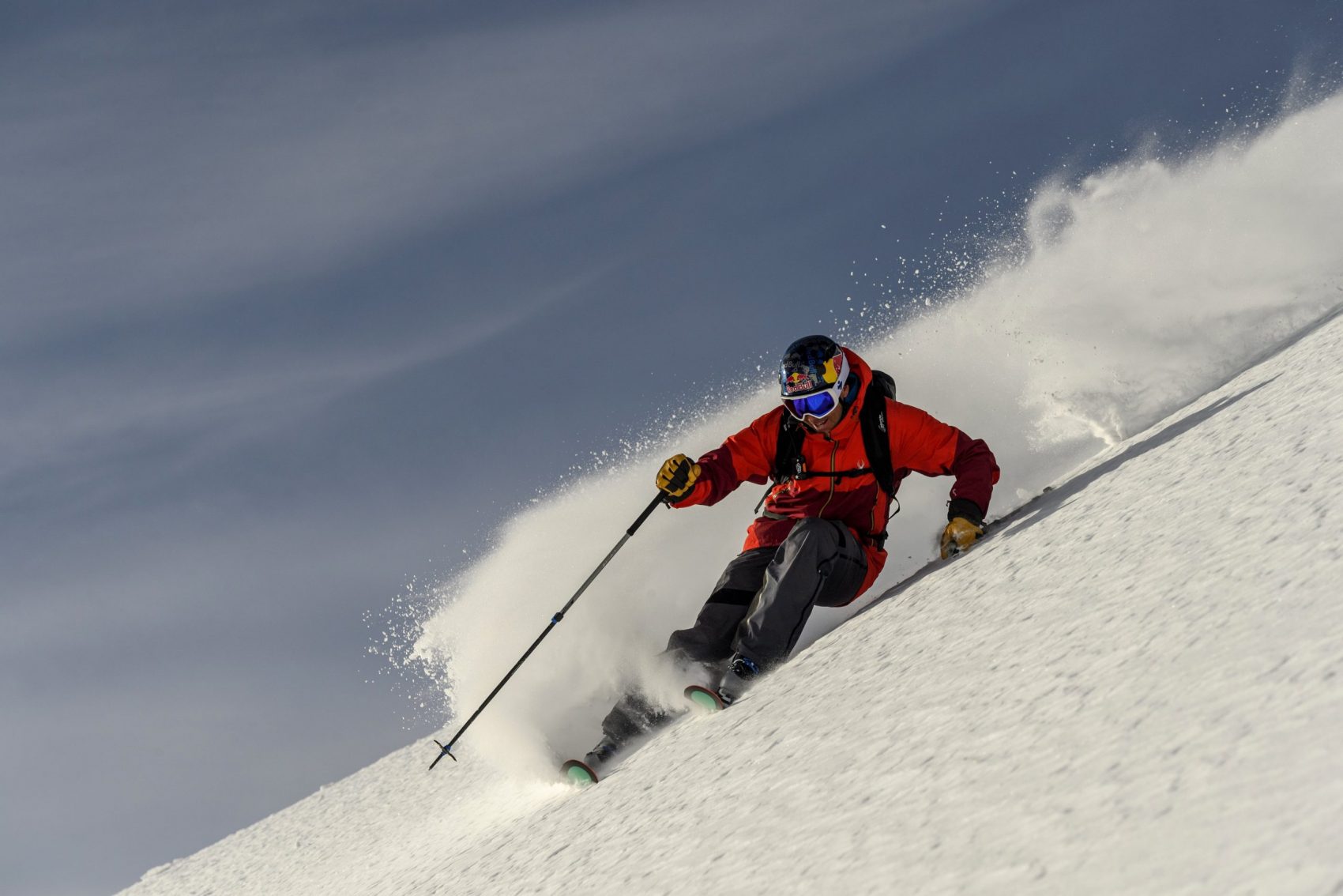
Brought to you by SCARPA
As more and more people opt out of liftlines, crowded lodges, and overpriced beer in favor of the thrill of earning (untracked) turns in the backcountry, one question remains: which backcountry boot is the best? I spoke with SCARPA CEO Kim Miller to uncover the reasons why their backcountry boots are arguably the best in the world.
The words “backcountry boot” and “alpine touring boot” or “AT boot” are synonymous—in this article, we will use “backcountry boot” for consistency.
Unlike a typical alpine boot, which just needs to be rigid for the ski down after a chairlift ride up, a backcountry boot needs to be light and flexible for the ascent and stiff enough for the descent. To do this, backcountry boots typically employ a ski/walk mode. When the boot is in walk mode, the cuff of the boot is able to move back and forth through a range of motion. (SCARPA backcountry boots average 58 degrees of movement.) And, in ski mode, the cuff of the boot must be locked into place to provide enough stiffness for downhill skiing.
SCARPA CEO Kim Miller compares the difference between ski and walk mode to a pickup truck and a Ferrari, but rather than using two different vehicles (or boots), a backcountry boot must accomplish the seemingly impossible task of being both at the same time.
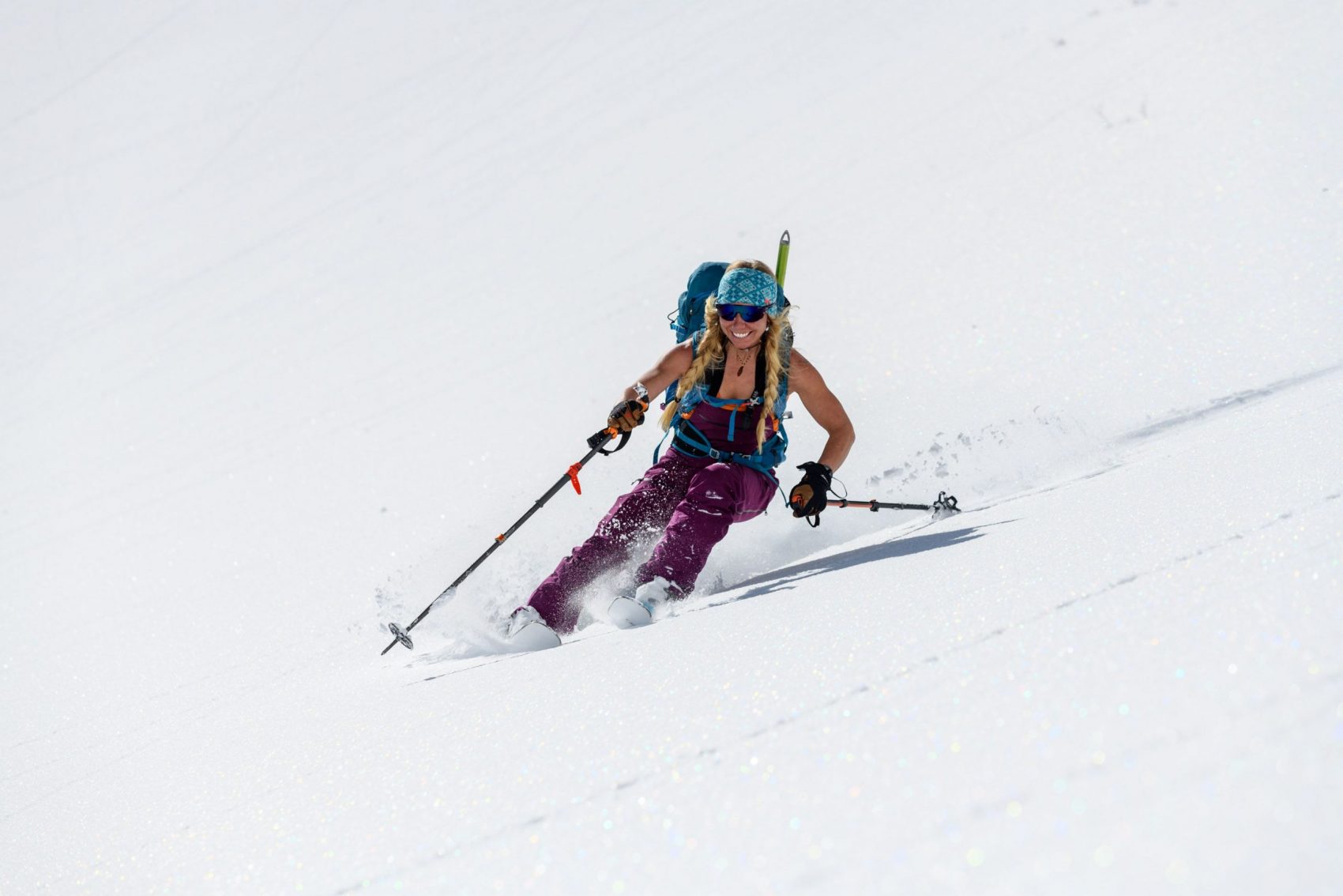
What Does It Mean to Be the Best?
SCARPA makes the #1 best selling backcountry boots in North America, and their Maestrale boot is the #1 best selling backcountry boot in the world. Miller says, “We consider [the Maestrale RS] to be one of our best pieces of work.” But beyond sales numbers, what does it mean to be the best?
According to Miller, a backcountry boot must meet several requirements. The boot needs to perform well going uphill and downhill. It should fit well, be comfortable, warm, and easy to use. The boot should also look good and be accessibly priced.
SCARPA’s design process begins with a sculpture of a boot. “[Each boot] starts as a block of plaster which an individual person—an artist—literally sculpts by hand,” Miller says, before adding that SCARPA’s boot artist’s name is Lorenzo. From there, the design is uploaded to a computer. The inside of the boot is then shaped to fit a foot, while an engineering program predicts areas of the boot that will be placed under a lot of stress during the downhill portion of its use.
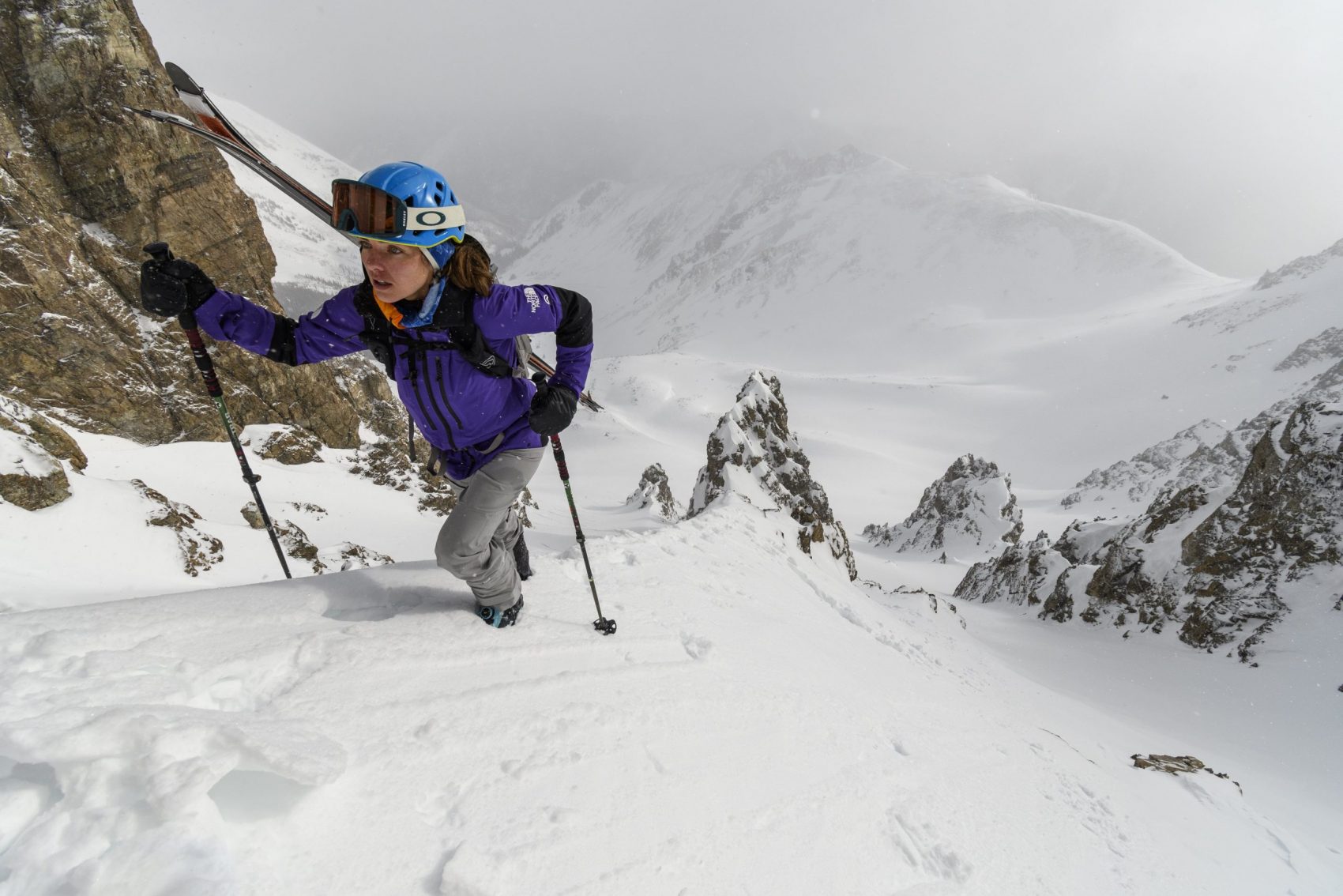
Based on where the boot is getting loaded with stress, designers make decisions about the geometry of the boot and its material composition. For example, in the Maestrale RS (and its corresponding women-specific version, the Gea RS), the back of the cuff of the boot is made with very stiff Carbon Grilamid® LFT. This is because the back of the boot is loaded with energy when the boot is in ski mode, and the skier is enjoying their hard-earned turns. Additionally, geometric reinforcements, or stress risers, help increase rigidity in this area. The forefoot part of the boot is made out of lighter Grilamid® Bio, which lends itself well to being molded to accommodate different foot shapes.
“Making a really awesome boot is an art and a science,” Miller says. SCARPA is releasing their iconic boots in new colors for the 2021/22 season while simultaneously co-developing materials that meet their requirements of lightness, rigidity, and durability.
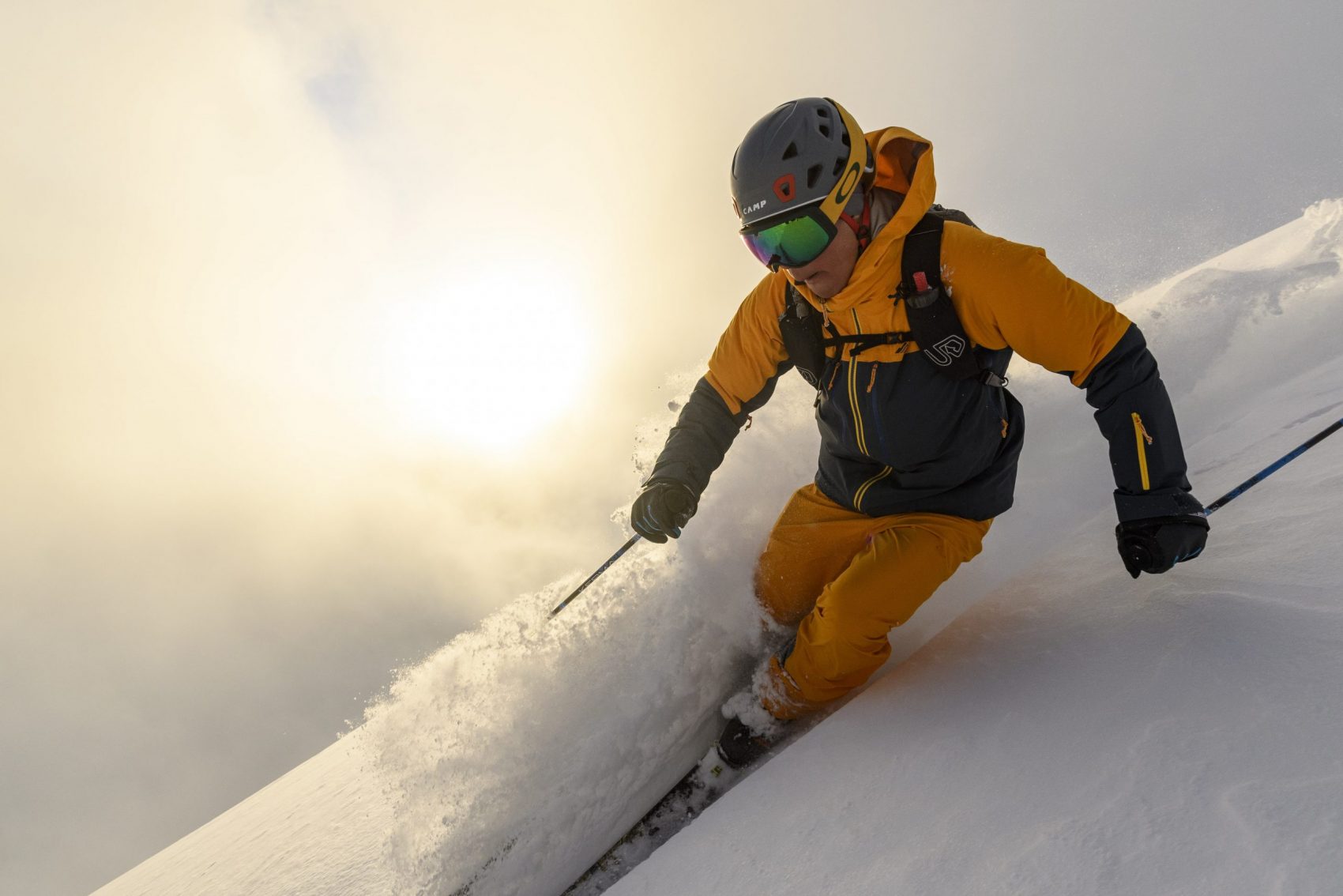
SCARPA goes one step further in their quest to be the best, as they consider the environmental consequences of their boots. Their boots are sustainably produced from planet-friendly materials in factories that are safe and treat their people well. SCARPA boots utilize two plant-based materials: Grilamid® Bio and Pebax R-new. In fact, the Maestrale RS and the Gea RS now feature a forefoot made from Grilamid® Bio. Both Pebax R-new and Grilamid® Bio are made from castor bean oil.
Castor bean oil can be used to create plant-based plastics. Castor beans are sustainably grown and can help create stable and sustainable local economies. One of the byproducts of processing castor bean oil is the production of the chemical ricin, which is highly toxic to humans; however, the overall environmental consequences of castor bean oil are relatively minor, especially when compared with those of petroleum-based products.
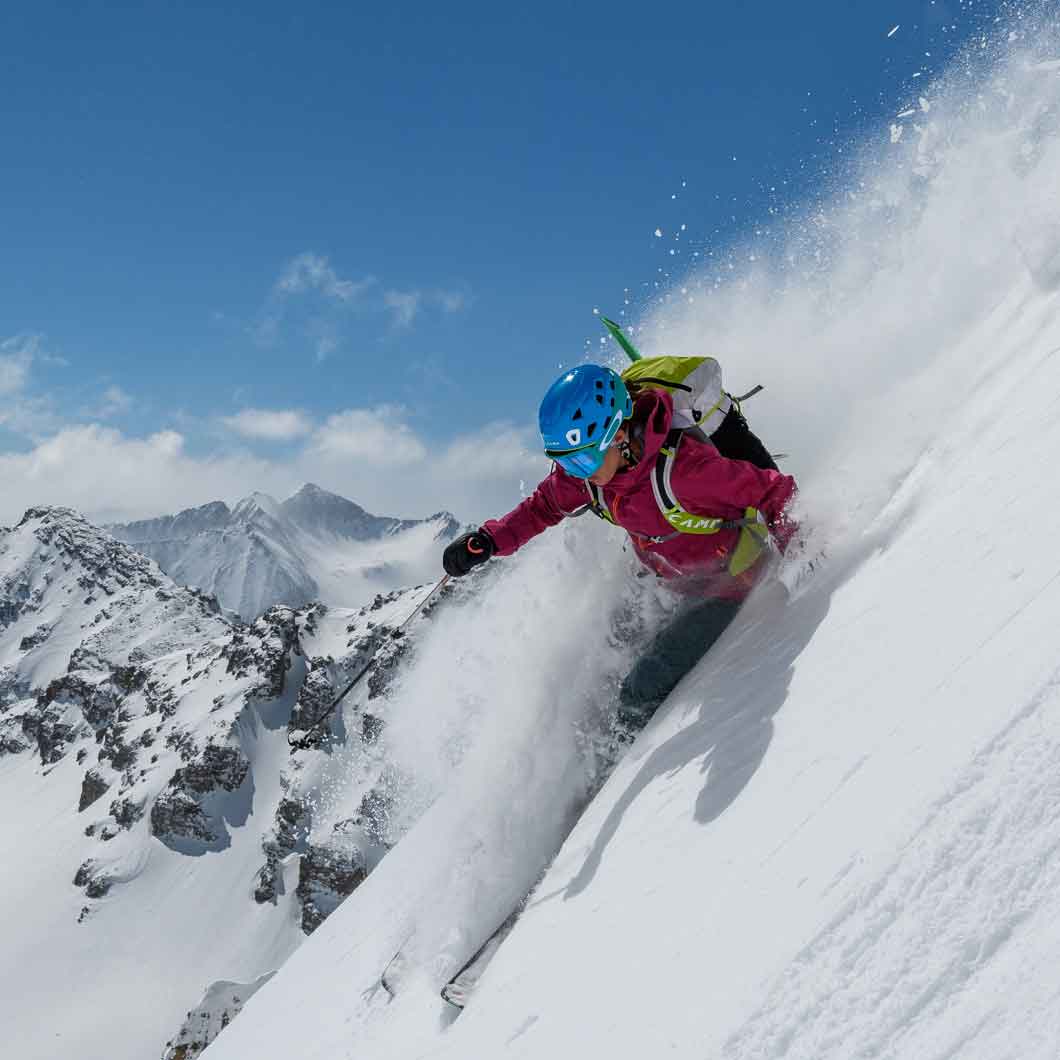
SCARPA boots are also sustainable because of their durability. SCARPA’s Product Services Department will repair boots by replacing the broken or worn component, including boot cuffs and the boot foot. Additionally, the materials SCARPA chooses for their boots are not only lightweight but are also very durable and rarely crack, unlike traditional downhill boots made from polyurethane.
Additionally, SCARPA has partnered with POW. For every pair of boots sold, including those boots sold to wholesalers, SCARPA will donate $1 to POW.
From objective sales statistics to design and aesthetics to sustainability in manufacturing, materials choice, and durability, SCARPA makes the best backcountry boot in the industry. And, it’s a status the brand plans on continuing to earn, because as Miller says, “I want to keep redefining what ‘awesome’ means.”